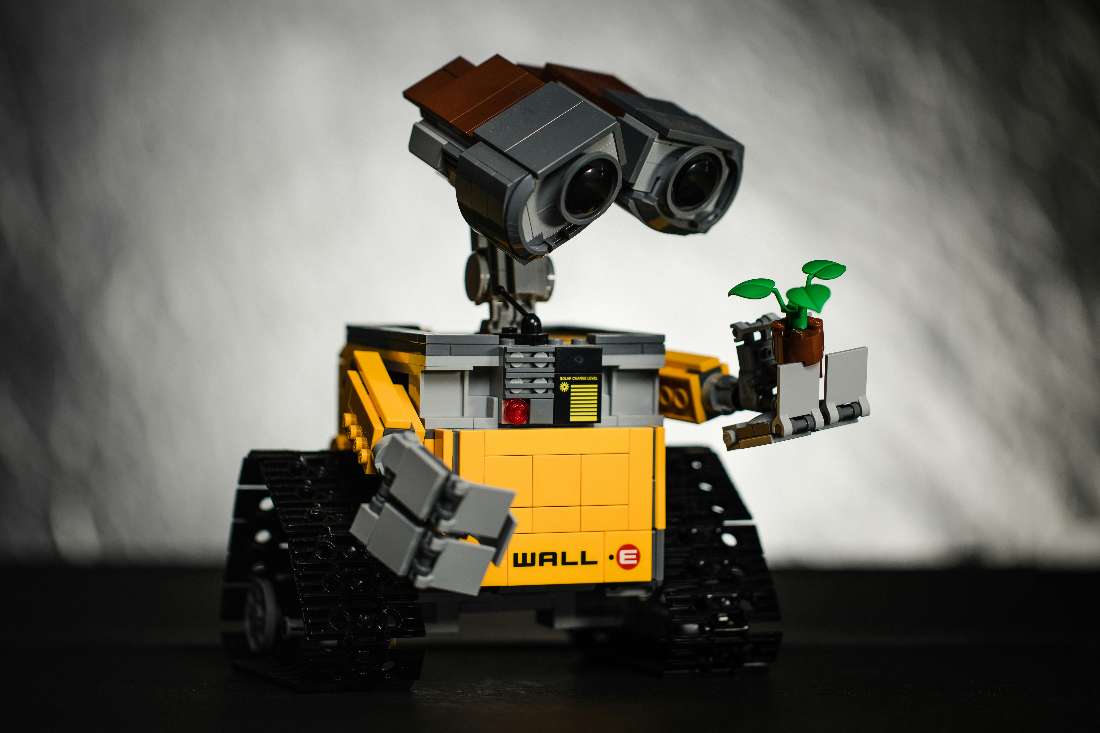AI & ML for Smart Cities: Building Sustainable Urban Environments
5 min read
11 Aug 2024
Welcome to the era of Smart Cities, where Artificial Intelligence (AI) and Machine Learning (ML) technologies are revolutionizing urban development and sustainability efforts. By harnessing the power of AI and ML, cities can optimize resource management, improve public services, and enhance quality of life for residents. In this article, we'll explore how AI and ML are driving the transformation towards sustainable urban environments.
The Role of AI & ML in Smart Cities
AI and ML play a crucial role in Smart Cities by: 1. Data Analytics: AI and ML algorithms analyze large volumes of data from various sources, such as sensors, IoT devices, and social media, to derive actionable insights and inform decision-making. 2. Predictive Modeling: ML models forecast trends, patterns, and future events, enabling cities to anticipate and mitigate risks, optimize infrastructure planning, and improve emergency response. 3. Automation: AI-powered automation streamlines administrative processes, optimizes resource allocation, and enhances efficiency in public services, such as transportation, waste management, and energy distribution.

Applications of AI & ML in Smart Cities
AI and ML technologies are applied in various domains within Smart Cities, including: 1. Transportation: ML algorithms optimize traffic flow, predict demand for public transit, and facilitate route planning for autonomous vehicles, reducing congestion, and carbon emissions. 2. Energy Management: AI-driven energy management systems monitor energy consumption, optimize energy distribution, and integrate renewable energy sources, promoting energy efficiency and sustainability. 3. Public Safety: AI-powered surveillance systems analyze video feeds, detect anomalies, and identify potential security threats, enhancing public safety and emergency response capabilities.
Challenges and Opportunities
While AI and ML offer numerous benefits for Smart Cities, they also pose challenges such as data privacy and security, algorithm bias, and digital divide. Addressing these challenges requires collaboration between policymakers, technologists, and citizens to ensure equitable and responsible deployment of AI and ML solutions.
Building Sustainable Urban Environments
AI and ML are instrumental in building sustainable urban environments by: 1. Enhancing Resilience: AI and ML enable cities to better understand and adapt to environmental challenges, such as climate change, natural disasters, and urban heat islands, by modeling risk factors and developing resilience strategies. 2. Improving Resource Efficiency: ML algorithms optimize resource utilization, minimize waste generation, and promote circular economy practices, contributing to resource efficiency and environmental sustainability. 3. Fostering Innovation: AI-powered innovation hubs, living labs, and incubators encourage collaboration between stakeholders, drive technological innovation, and empower communities to co-create solutions for sustainable urban development.
The Future of Smart Cities
As cities continue to grow and evolve, the role of AI and ML in Smart Cities will become increasingly vital for addressing complex urban challenges and achieving sustainable development goals. By embracing AI and ML technologies, cities can unlock new opportunities for innovation, prosperity, and well-being.
Conclusion
In conclusion, AI and ML are catalysts for building sustainable and resilient Smart Cities, driving innovation, efficiency, and inclusivity. By harnessing the power of AI and ML, cities can create vibrant urban environments that enhance quality of life, promote environmental stewardship, and ensure a brighter future for generations to come.
More Articles

Carbon Capture Technology: Combatting Climate Change
7 min read | 12 Sep 2024

Emotional AI: Machines that Understand Human Emotions
7 min read | 11 Sep 2024

Human Augmentation: Enhancing Abilities with Technology
5 min read | 10 Sep 2024

Photonic Computing: Light-Based Data Processing
7 min read | 09 Sep 2024
More Articles

Machine Learning Algorithms: Understanding the Basics
5 min read | 16 Jul 2024

The Role of AI in Modern Healthcare: Innovations and Applications
7 min read | 15 Jul 2024

Introduction to AI and Machine Learning: A Beginner's Guide
6 min read | 14 Jul 2024

AR for Astronauts: Training for Space Exploration on Earth
4 min read | 12 Sep 2024
